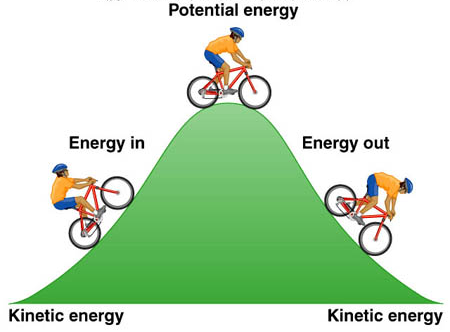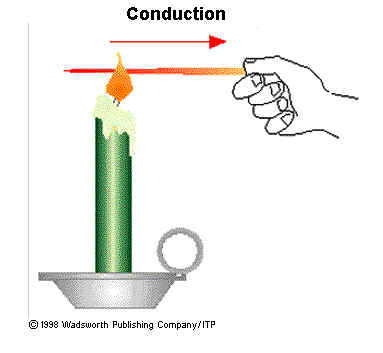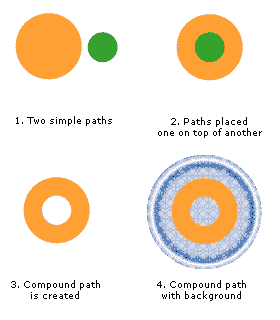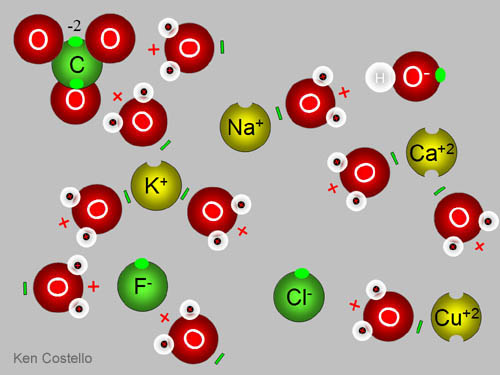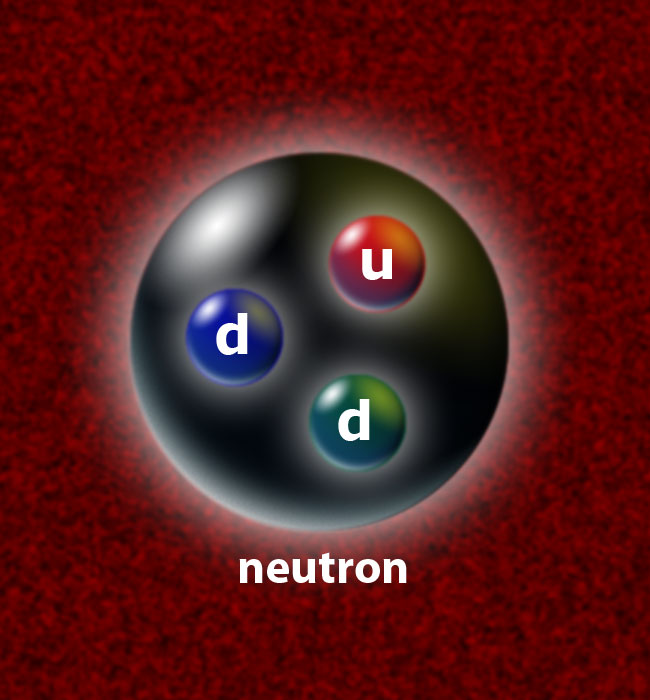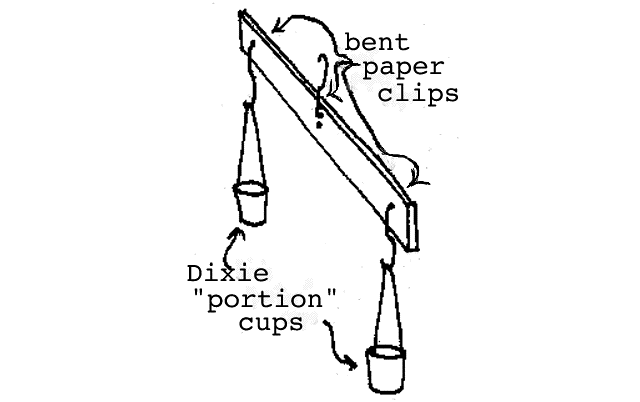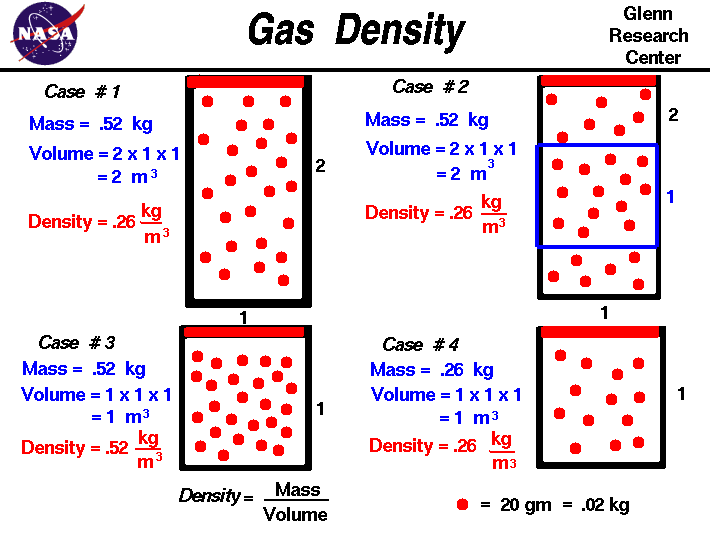
pressure: the forcxe on each unit of area of a surface

melting: the change of a solid into liquid

vaporization: the change of a liquid to a gas as molecules break free form each other

condensation: the change of a gas into a liquid as molecules attract each other

freezing: the change of a liquid into a solid
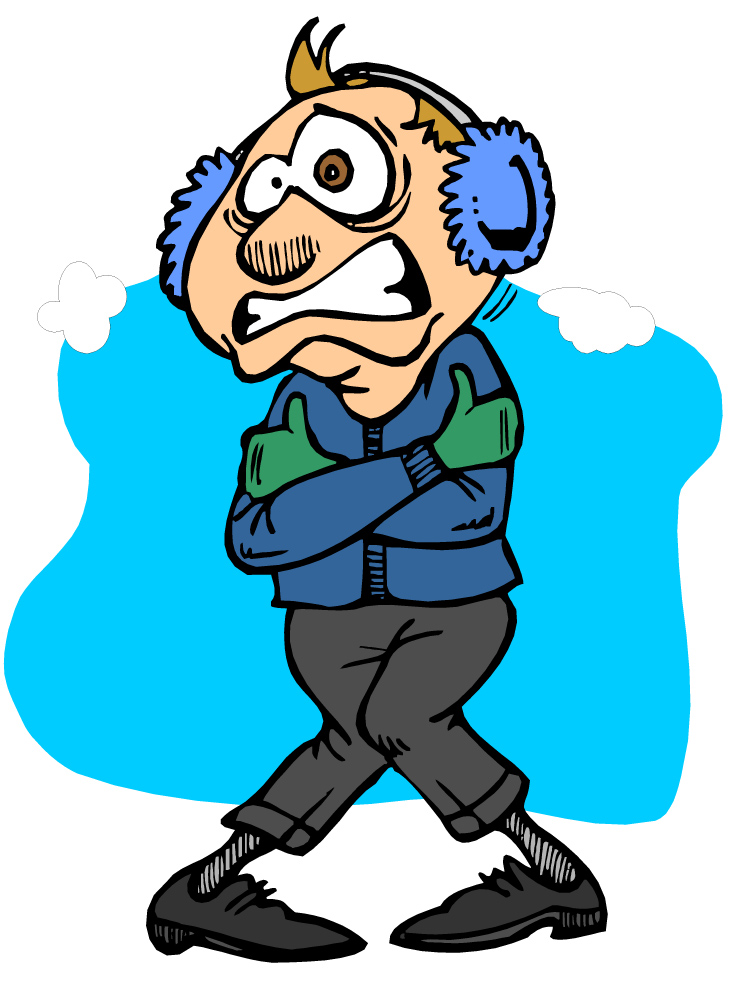
boiling: the formation of bubbles of vapor that escape from a liquid that is being heated

evaporation: the vaporization of molecules from the surface of a liquid

